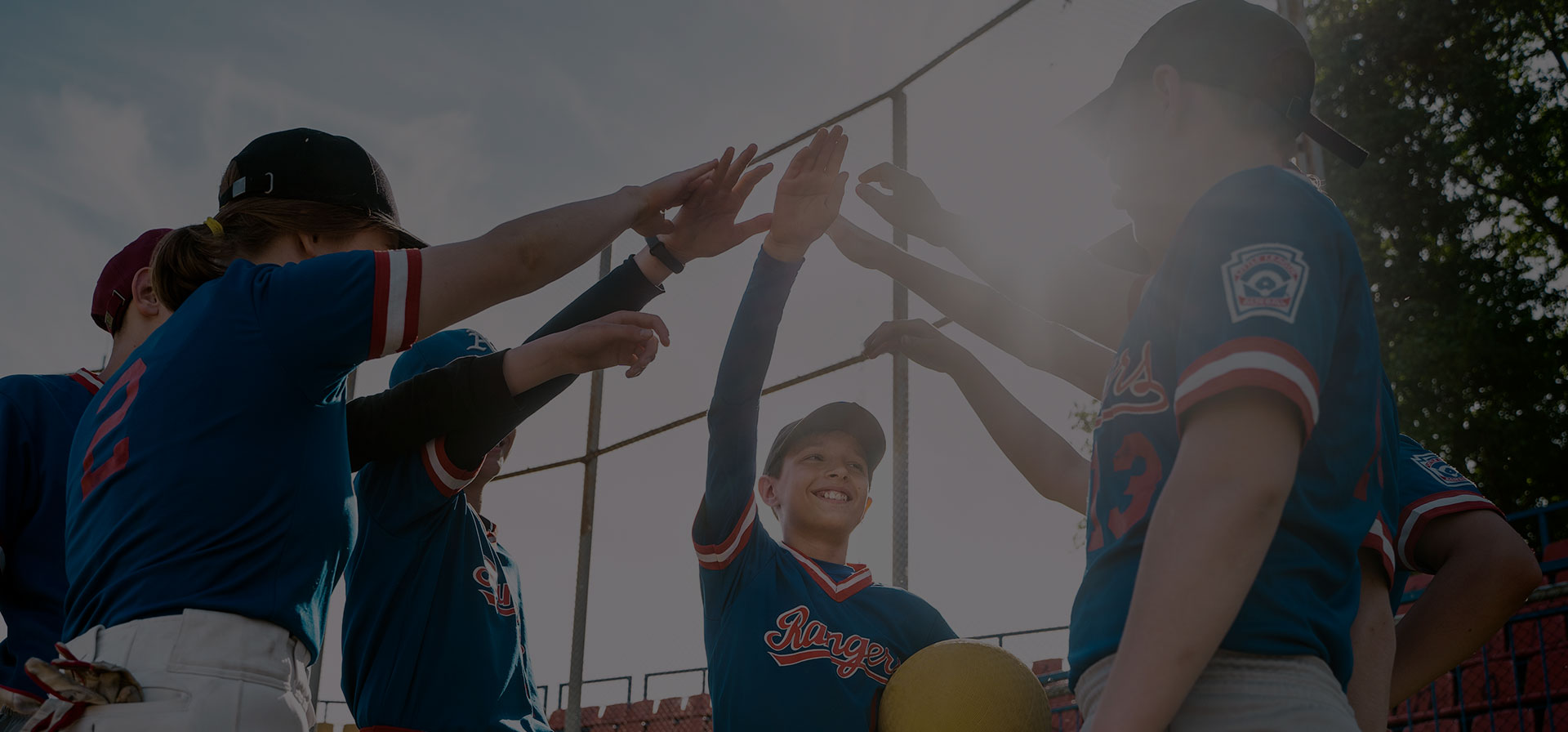Accident & Health vs General Liability Insurance: Why Amateur Sports Clubs Need Both

In the heart of every amateur sports club lies a commitment to the game, the players, and the community. Yet clubs face a myriad of risks that extend beyond the thrill of competition. In the pursuit of comprehensive protection, amateur sports clubs must recognize the distinctive roles played by Accident & Health Insurance (A&H) and General Liability Insurance. While each type of coverage brings its own strengths, it is the symbiotic relationship between the two that forms an impregnable shield against potential financial pitfalls and legal uncertainties. Explore why these policies are not mere luxuries but essential components of responsible and resilient amateur sports clubs.
Accident & Health Insurance:
- Focus on Participant Injuries:
- Accident & Health Insurance is designed to specifically address injuries and health-related incidents involving participants, coaches, and volunteers during amateur sports activities.
- It provides coverage for medical expenses, hospitalization costs, and may include benefits for disability, accidental death, or dismemberment directly related to sports-related injuries.
- Direct Protection for Participants:
- A&H insurance directly benefits the individuals involved in sports activities, offering financial protection against the costs associated with injuries sustained during games, practices, or other related events.
- Example:
- Scenario: A soccer player fractures their leg during a match.
- Coverage: Accident & Health Insurance would help cover the player’s medical bills, rehabilitation costs, and potentially provide disability benefits during their recovery.
General Liability Insurance:
- Broad Protection Beyond Participants:
- General Liability Insurance has a broader scope, covering third-party liabilities such as bodily injury, property damage, and personal injury claims.
- It protects against claims from individuals not directly involved in the sports activity, including spectators, neighboring property owners, or anyone affected by the club’s operations.
- Protection Against Various Liabilities:
- General liability insurance can cover legal expenses, settlements, and judgments arising from covered claims, which may include incidents like property damage caused by a player or injuries sustained by a spectator.
- Example:
- Scenario: A baseball player accidentally hits a ball that damages a neighboring property or injures a spectator.
- Coverage: General Liability Insurance would come into play, providing coverage for legal defense costs, property damage, and any resulting liability claims.
Why an Amateur Sports Club Would Want Both:
Some directors and club owners would want to skip out on Accident & Health Insurance if they already have a General Liability policy. However, this would not be beneficial because they leave themselves at risk for insufficient coverage.
While A&H can be considered an add-on to General Liability, it serves a critical role in addressing participant-specific risks that are not fully covered by General Liability alone. Relying solely on General Liability may leave participants without sufficient coverage for their medical expenses, rehabilitation, or disability benefits.
Let’s explore why amateur sports clubs should have both Accident & Health Insurance (A&H) and General Liability Insurance, emphasizing the limitations of relying solely on one type of coverage:
- Comprehensive Risk Mitigation:
- Amateur sports clubs face diverse risks that span from participant injuries to third-party liabilities. General Liability Insurance addresses potential claims from non-participants (e.g., spectators), while Accident & Health Insurance focuses on participant injuries.
- By having both types of coverage, the club creates a comprehensive risk mitigation strategy that addresses a wide range of scenarios, ensuring a more robust protection against potential financial losses.
- Participant vs. Third-Party Liabilities:
- Accident & Health Insurance: Primarily covers injuries and health-related incidents directly involving participants (players, coaches, volunteers).
- General Liability Insurance: Addresses third-party liabilities, encompassing bodily injury, property damage, and personal injury claims involving individuals not directly engaged in the sports activity.
- A club’s operations can impact both participants and non-participants, making it crucial to have coverage for both types of liabilities.
- Financial Risk Mitigation:
- Relying solely on General Liability Insurance might leave gaps in coverage for participant injuries. Accident & Health Insurance provides financial protection for medical expenses, disability, and other related costs.
- Example Scenario: If a player sustains a serious injury during a game, General Liability Insurance might not adequately cover their medical expenses and related costs, leaving the club exposed to financial risks.
- Legal Compliance and Contractual Obligations:
- Legal Compliance: Some sports facilities or leagues may require clubs to have specific insurance coverage, including both A&H and General Liability.
- Contractual Obligations: Contracts with venues, sponsors, or partners may stipulate the need for comprehensive coverage to mitigate risks associated with sports activities.
- Meeting these requirements not only ensures legal compliance but also maintains positive relationships with stakeholders and partners.
- Stakeholder Assurance and Credibility:
- Having both types of insurance reassures participants, parents, sponsors, and other stakeholders about the club’s commitment to safety and responsible risk management.
- Demonstrating a comprehensive approach to risk management enhances the club’s credibility and can attract more participants and support.
Amateur sports clubs should adopt a holistic approach to risk management by combining Accident & Health Insurance with General Liability Insurance. This approach ensures coverage for a broad spectrum of risks, protects participants, and helps the club maintain legal compliance and credibility within the sports community. Relying solely on one type of coverage leaves potential gaps that could lead to financial and reputational risks for the club.
